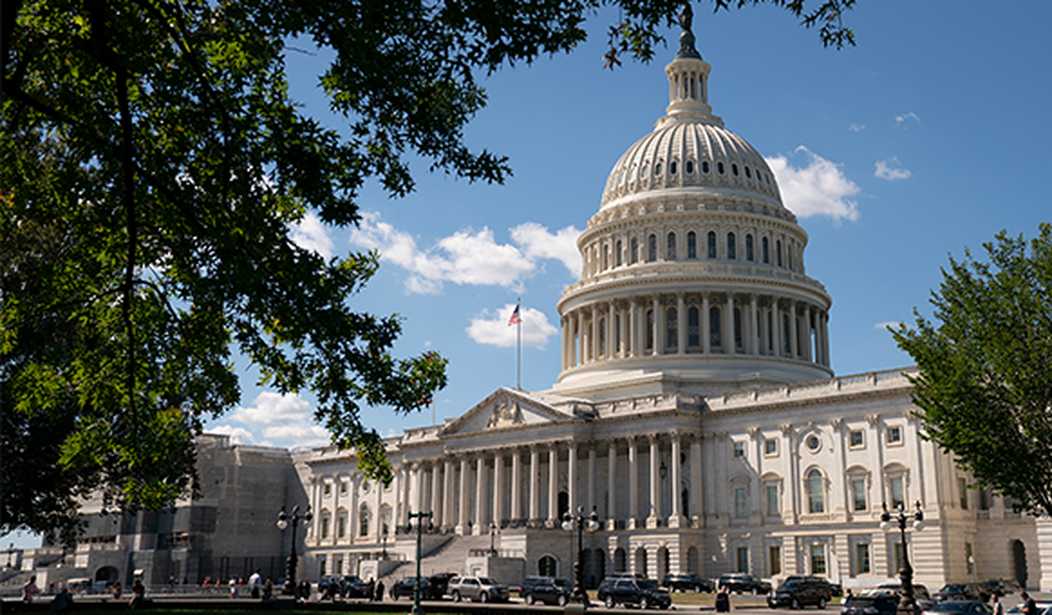Are rental vouchers a form of "health care?" Federal bureaucrats evidently think so. They've recently approved waivers for states to fund these benefits through Medicaid, the joint federal-state health insurance program that covers over 76 million Americans.
These waivers constitute an enormous federal subsidy to state governments, with up to nine dollars of U.S. taxpayer funding contributed for every dollar states spend. The math is so lopsided that it's easy to understand why states are seeking waivers to fund everything from rent vouchers and air conditioners for poor people to supplemental pay for doctors.
These waivers demonstrate a core flaw of Medicaid. States have a perverse incentive to increase their own spending on anything remotely related to health care. The more they spend, the more federal aid they receive.
But the waivers also reveal the solution to Medicaid's woes. The federal government could curb wasteful spending while giving states far more flexibility to pursue their own creative healthcare arrangements by switching to a "block grant" model that provides each state a lump sum of money. States could then spend that money as they see fit.
When Congress created Medicaid in 1965, the statute strictly limited what medical benefits and services were covered. However, the law allowed states to seek waivers from Washington to tailor services to local needs and priorities.
As time has gone on, states have increasingly used the waivers not to improve care for beneficiaries or minimize costs to taxpayers but to extract more money from Washington. Right now, 75% of Medicaid spending occurs under waivers.
It's a good racket, as a recent report from the Manhattan Institute details. Arizona and Texas used waivers to create funding pools that enabled them to make "supplemental payments" to providers to cover the portion of the bill Medicaid didn't traditionally reimburse. The states then turned around and said they were paying higher Medicaid costs and received more funds from Washington. The Government Accountability Office found that the cost of the Arizona waiver scheme exceeded appropriate spending levels by 57%.
Recommended
California, knowing it's illegal to use federal funds to pay for abortion, recently filed a waiver to use state dollars to make payments to abortion clinics and then request Medicaid funds to replace what the state spent.
The Biden administration has urged states to apply for "social determinants of health" waivers that fund everything from air conditioners for beneficiaries at risk of heat stroke to gun violence prevention programs. So far, 19 such waivers have been approved, and 16 more were pending as of January, according to the Manhattan Institute's report.
It's plausible that spending a few hundred dollars for an AC unit for an elderly person or funding mold remediation for a household where members have asthma could prevent much more expensive healthcare interventions down the road.
Similarly, states choosing to boost Medicaid's infamously low reimbursement rates -- as Texas and Arizona did -- would incentivize more doctors to accept Medicaid patients. In 2021, 74% of physicians were willing to accept new patients covered by Medicaid, compared to 88% that would accept new patients covered by Medicare and 96% that would accept new patients with private insurance. Having insurance does people no good if they can't actually access care.
The problem is that states have a massive incentive to grow Medicaid spending because there's no cap on what the federal government will provide in matching funds.
Federal block grants, combined with a rollback of red tape surrounding the program, would remove the incentive for states to expand their programs willy-nilly. In exchange, they'd get much more flexibility in how they could spend their Medicaid dollars.
Some states might choose to raise reimbursement rates to improve the likelihood that providers will see Medicaid beneficiaries. Others might choose to expand coverage to new populations, or offer new benefits.
Not all of those decisions will be the right ones. But they'll be made by state policymakers accountable to their constituents -- rather than bureaucrats in Washington. And federal taxpayers would no longer be on the hook for states' spending sprees.
Sally C. Pipes is President, CEO, and Thomas W. Smith Fellow in Health Care Policy at the Pacific Research Institute. Her latest book is False Premise, False Promise: The Disastrous Reality of Medicare for All (Encounter 2020). Follow her on X, formerly Twitter, @sallypipes.

























Join the conversation as a VIP Member